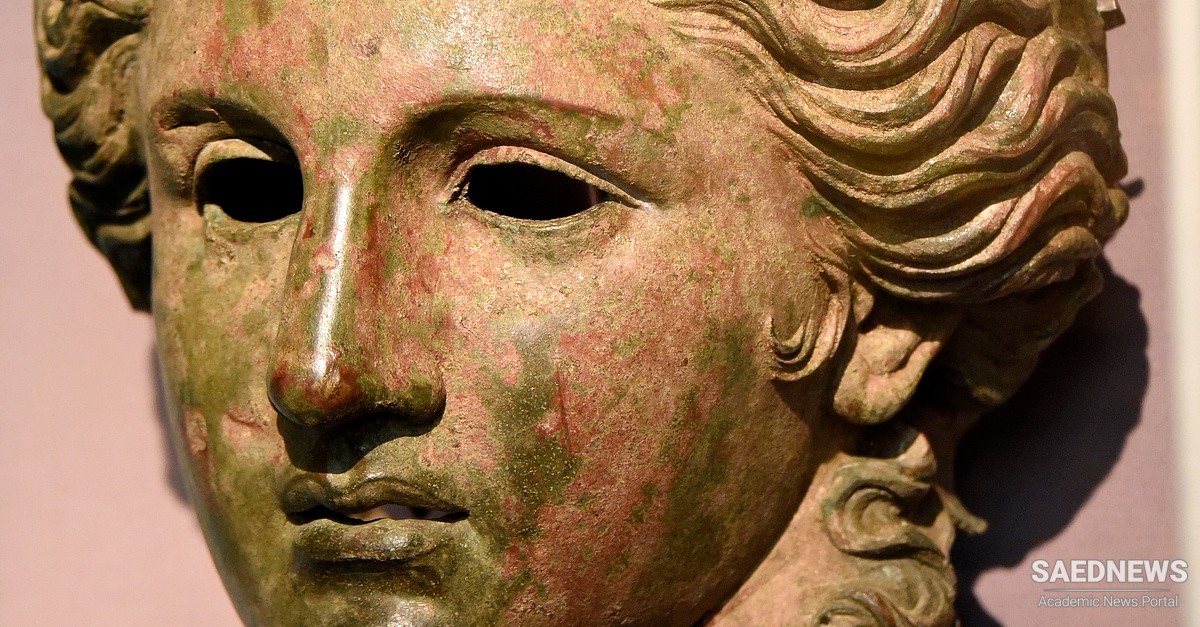Anâhitâ is the heavenly river, presumably the Milky Way, the greatest female deity, who is in charge of fertility. Beside these two and several other great deities, Ahura Mazdâ was closely related to six divine beings that he had sired himself and whose father he was. These are the Amesha Spentas, or Life-giving Immortals. The Life-giving Immortals originated from Ahura Mazdâ’s first cosmic sacrifice, by which the world of the gods came into being. They have correspondences in the world of living beings, however, for instance, Spentâ Ãrmaiti, of Life-giving Humility, is Ahura Mazdâ’s daughter and wife, but also the Earth. The role of humans in the cosmic scheme is to support Ahura Mazdâ and His world, which they do by “thinking good thoughts, speaking good speech, and doing good deeds.” Those who “think bad thoughts, speak bad speech, and do bad deeds” support the Evil Spirit. At the end of their lives, everything a person has thought, spoken, and done is added up on a balance. If the good thoughts, etc. weigh the most, the person goes to paradise, but if the bad thoughts, etc., weigh the most, the person goes to hell. At the end of the world, however, all humans will be cleansed of evil and be in paradise forever (Source: Introduction to Zoroastrianism).


 Conjectures of Civilizational Developments of Ancient Persia
Conjectures of Civilizational Developments of Ancient Persia














































